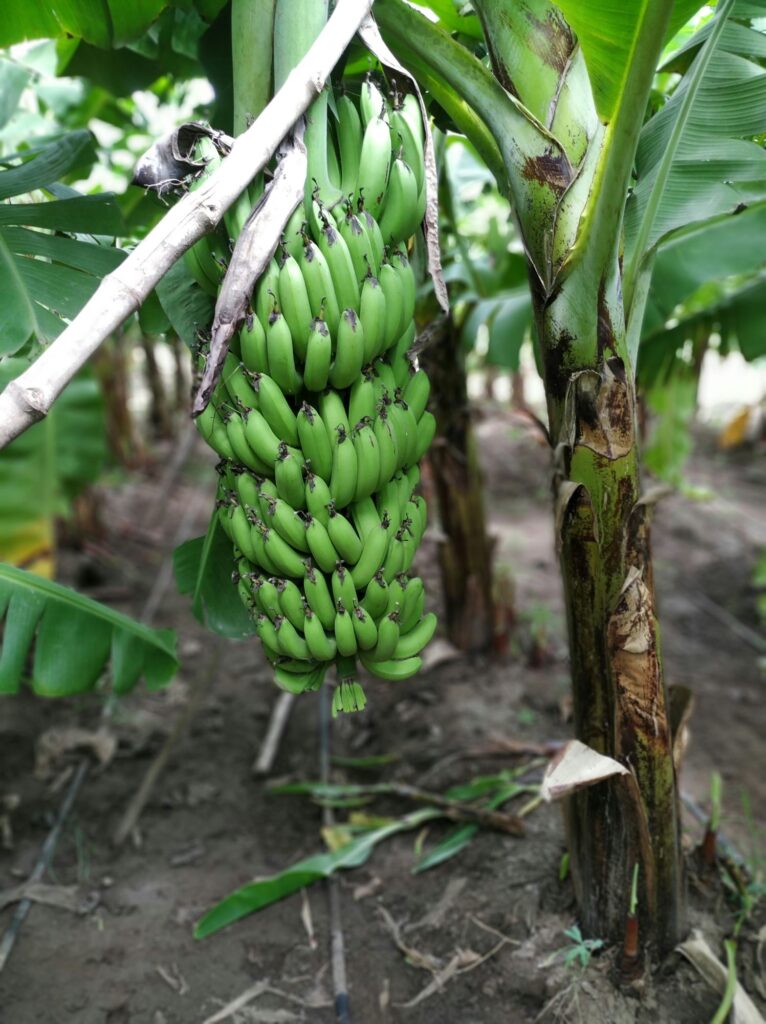
Most farmers view swampy or waterlogged land as wasted space. It’s often left idle, overgrown with reeds, or used for grazing animals. Yet, with the right approach, swampy land can be a goldmine. Wetlands are naturally fertile, retain water throughout the year, and support unique crops that ordinary dryland cannot.
While arrowroots are the most common wetland crop, there are many other profitable options. In this post, we explore the 10 best crops for swampy land and how farmers can integrate them into practical systems that maximize income.
Why Farm in Swampy Land?
1. Natural fertility – Wetlands accumulate organic matter, making the soil rich in nutrients.
2. Constant water supply – Crops in swampy areas rarely suffer drought stress.
3. Unique crop opportunities – Many high-value crops thrive only in damp soils.
4. Integrated farming – Swamps are ideal for combining crops with fish farming or fodder production.
Instead of abandoning wetlands, farmers can turn them into productive enterprises that supply food, fodder, and cash crops.
1. Rice
Rice is the king of swampy soils. It thrives in waterlogged paddies and is a staple food across the world. With rising demand, rice farming can be highly profitable.
Benefits:
- High market demand locally and internationally.
- Produces food for households and surplus for sale.
- Crop residues can be used as livestock feed.
Practical system: Integrate fish farming in rice paddies. Tilapia or mudfish grow alongside the rice, providing extra income while fish waste fertilizes the crop.
2. Taro (Cocoyam/Nduma)
Taro is closely related to arrowroot and thrives in wet soils. Its starchy tubers are highly nutritious and loved in many households.
Benefits:
- Rich in carbohydrates, making it a staple food.
- Leaves can be cooked as vegetables.
- Easy to grow with minimal inputs.
Practical system: Intercrop taro with water spinach or mint to maximize space and use of moisture.
3. Sugarcane
Sugarcane does well in swampy zones and tolerates waterlogging. It is widely used for making jaggery, sugar, or chewing sticks.
Benefits:
- High value cash crop.
- Multiple uses: direct chewing, juice, sugar, and animal feed.
- Can be harvested over several ratoon cycles.
Practical system: Combine sugarcane with fish ponds at swampy edges to diversify income.
4. Yams
Water yam varieties thrive in swampy soils, especially when planted on raised mounds.
Benefits:
- Nutritious tubers rich in carbohydrates and minerals.
- Good market in local and regional markets.
- Can be stored for months after harvest.
Practical tip: Rotate yams with celery or mint to reduce pests and diseases.
5. Water Spinach (Kangkung)
This leafy vegetable is common in Asia but also gaining popularity in African urban markets. It grows directly in shallow swampy waters.
Benefits:
- Fast-growing (ready in 30–40 days).
- Nutritious and highly marketable.
- Can be harvested continuously.
Practical system: Grow water spinach alongside taro for double harvests.
6. Mint
Mint loves moist conditions and grows vigorously in swampy soils.
Benefits:
- High demand for fresh herbs in hotels, restaurants, and households.
- Can be processed into tea, oils, and beauty products.
- Very low maintenance once established.
Practical system: Use raised beds in swampy areas for mint to avoid rotting while still benefiting from abundant water.
7. Celery
Celery does well in damp soils and fetches premium prices in urban centers.
Benefits:
- Popular in salads, juices, and culinary dishes.
- High-value crop with export potential.
- Can be grown on small swampy plots.
Practical tip: Combine celery with herbs like mint for a profitable herb garden in wetlands.
8. Napier Grass (Elephant Grass)
Livestock farmers can use swampy land for Napier grass production.
Benefits:
- Tolerates waterlogging.
- Provides quality fodder for dairy cows and goats.
- Ensures year-round feed supply.
Practical system: Integrate Napier grass with bananas or sugarcane for a mixed cropping system that balances food and fodder production.
9. Bananas and Plantains
Bananas love moist conditions and thrive in lowland wetlands.
Benefits:
- Provide food and regular market income.
- Can be intercropped with vegetables or fodder crops.
- Banana stems and leaves can be used as livestock feed.
Practical tip: Plant bananas along swampy margins and intercrop with Napier grass or taro.
10. Bamboo and Willows
Swampy land can also support trees such as bamboo and willows.
Benefits:
- Bamboo is used in construction, furniture, and crafts.
- Willows provide poles, fuelwood, and erosion control.
- Both improve soil conservation in wetlands.
Practical system: Combine bamboo with aquaculture for integrated resource use.
Challenges of Farming in Swampy Land
While swampy land is fertile, it also presents some challenges:
- Waterlogging can cause root rot in some crops.
- Pests and diseases thrive in moist environments.
- Accessibility issues during rainy seasons.
Solutions:
- Use raised beds or mounds for sensitive crops.
- Practice crop rotation to break pest cycles.
- Construct drainage canals for better water management.
- Diversify with integrated systems (fish + crops + fodder).
Tips for Farmers Starting Out
1. Start small – Try a few crops before expanding.
2. Research markets – Choose crops with ready buyers in your area.
3. Add value – Process crops (e.g., make sugarcane juice, dry mint leaves, package celery) for higher profits.
4. Think integration – Combine crops, fish, and fodder for resilience.
5. Sustainability first – Avoid over-draining wetlands; work with nature for long-term productivity.
Final Word
Swampy land is not wasted land—it is an opportunity. By growing crops like rice, taro, sugarcane, yams, vegetables, herbs, fodder, bananas, and bamboo, farmers can turn wetlands into thriving enterprises. With integrated systems such as rice + fish farming or bananas + Napier grass, the potential for income and food security is enormous.
The next time you look at swampy land, don’t see a problem—see potential.

Disclosure: This banner contains an affiliate link. I may earn a commission if you purchase through it, at no extra cost to you.
